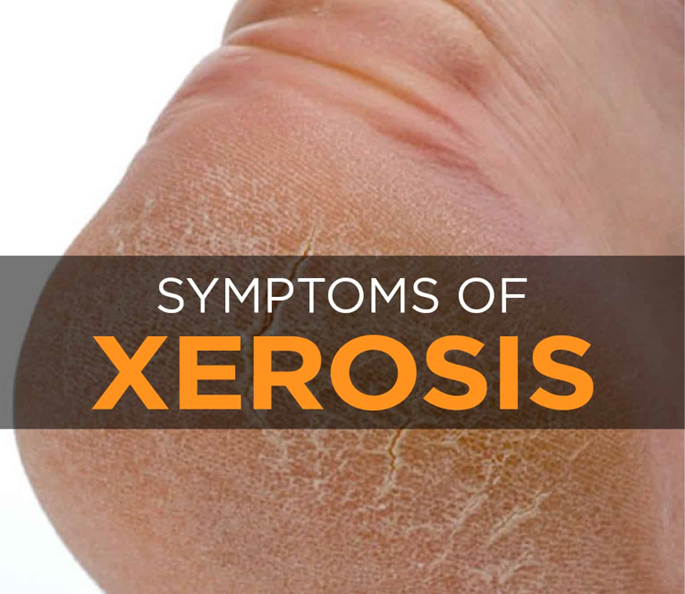Which of the following is a true statement about skin care for older adults?
A licensed practical nurse is qualified to care for the feet of a client with diabetes
Onychomycosis is quickly eradicated with antifungal creams or powders
Maintaining oral hydration may reduce the incidence of xerosis
Ram’s-horn nail should be cut to give a smooth, rounded edge
The Correct Answer is C
Choice A reason: A licensed practical nurse is qualified to care for the feet of a client with diabetes is false because foot care for people with diabetes requires specialized training and skills that are beyond the scope of practice of a licensed practical nurse. A registered nurse or a podiatrist should provide foot care for people with diabetes, as they can assess, treat, and prevent foot problems such as ulcers, infections, or nerve damage.
Choice B reason: Onychomycosis is quickly eradicated with antifungal creams or powders is false because onychomycosis, or fungal nail infection, is a stubborn and persistent condition that can take months or years to clear. Antifungal creams or powders are usually not effective for onychomycosis, as they cannot penetrate the nail plate. Oral antifungal medication or laser therapy may be needed to treat onychomycosis.
Choice C reason: Maintaining oral hydration may reduce the incidence of xerosis is true because xerosis, or dry skin, is a common problem for older adults, as their skin produces less oil and moisture. Drinking enough fluids can help hydrate the skin and prevent dryness, itching, cracking, or infection. The recommended fluid intake for older adults is 2400 mL/day, according to the National Council on Aging.
Choice D reason: Ram’s-horn nail should be cut to give a smooth, rounded edge is false because ram’s-horn nail, or onychogryphosis, is a condition where the nail becomes thickened, curved, and distorted. Cutting the nail can be difficult and painful, and may cause bleeding or infection. A podiatrist should trim and file the nail, and treat any underlying causes of the condition.

Nursing Test Bank
Naxlex Comprehensive Predictor Exams
Related Questions
Correct Answer is C
Explanation
Choice A reason: Histoplasmosis is a fungal infection that affects the lungs, but it is not a chronic condition and does not cause airflow obstruction. It is not included in the diagnosis of COPD.
Choice B reason: Bacterial pneumonia is a bacterial infection that causes inflammation and fluid accumulation in the lungs, but it is not a chronic condition and does not cause permanent damage to the airways. It is not included in the diagnosis of COPD.
Choice C reason: Bronchial asthma is a chronic condition that causes inflammation and narrowing of the airways, resulting in difficulty breathing, wheezing, coughing, and chest tightness. It is one of the main conditions that make up COPD, along with chronic bronchitis and emphysema.
Choice D reason: Mycobacterium tuberculosis is a bacterial infection that causes tuberculosis, a serious disease that affects the lungs and other organs. It is not a chronic condition and does not cause airflow obstruction. It is not included in the diagnosis of COPD.
Correct Answer is B
Explanation
Choice A reason: This method is not appropriate because it can cause physical and psychological harm to the client. It can injure the client's mouth, trigger a gag reflex, or cause choking. It can also make the client feel violated, frightened, or angry. This can worsen the client's behavior and damage the trust between the client and the caregiver.
Choice B reason: This method is appropriate because it can help the client maintain their dignity, autonomy, and sense of control. It can also stimulate the client's cognitive and motor skills, and encourage the client to participate in their own care. This can improve the client's mood and behavior, and foster a positive relationship between the client and the caregiver.
Choice C reason: This method is not appropriate because it can cause emotional and psychological harm to the client. It can make the client feel disrespected, humiliated, or threatened. It can also increase the client's anxiety, agitation, or resistance. This can worsen the client's behavior and damage the trust between the client and the caregiver.
Choice D reason: This method is not appropriate because it can cause physical and psychological harm to the client. It can injure the client's mouth, trigger a gag reflex, or cause choking. It can also make the client feel ignored, neglected, or devalued. This can worsen the client's behavior and damage the trust between the client and the caregiver.
Whether you are a student looking to ace your exams or a practicing nurse seeking to enhance your expertise , our nursing education contents will empower you with the confidence and competence to make a difference in the lives of patients and become a respected leader in the healthcare field.
Visit Naxlex, invest in your future and unlock endless possibilities with our unparalleled nursing education contents today
Report Wrong Answer on the Current Question
Do you disagree with the answer? If yes, what is your expected answer? Explain.
Kindly be descriptive with the issue you are facing.
